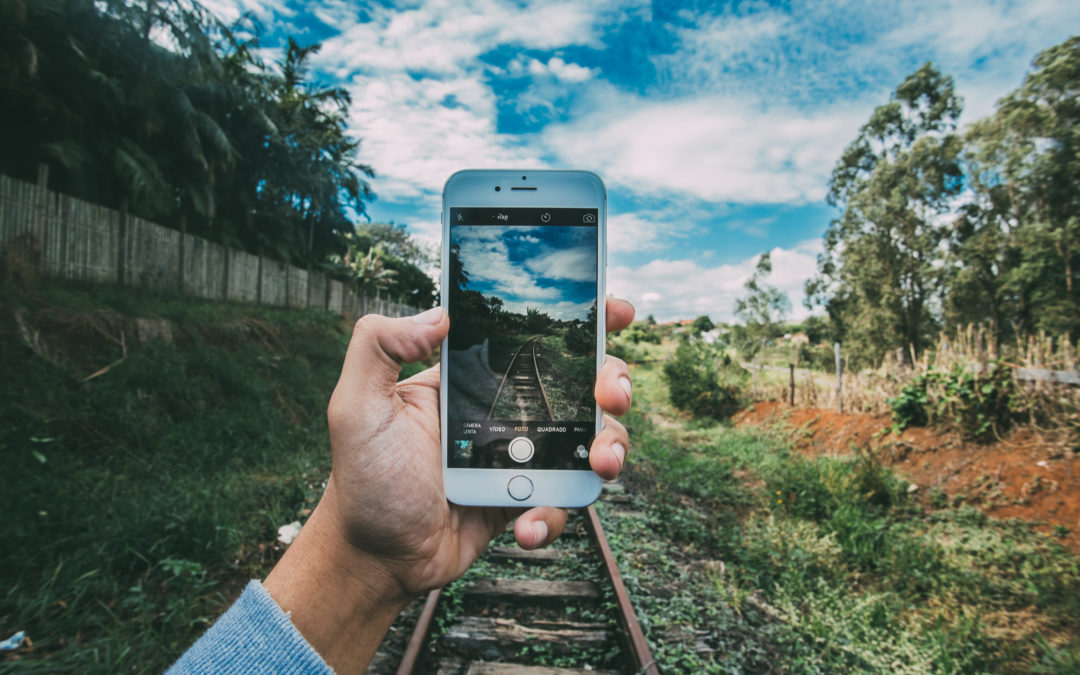
Hi everyone! We have a new series on the blog, written by my fabulous intern, Marissa. Marissa is a student at the University of Colorado Boulder studying Strategic Communication. She will be helping here at Elevate with Katie with a variety of projects, and making a guest appearance here on the blog from time to time. This is her first guest post on the topic of influencer marketing and real-time storytelling via video!

With the launch of Snapchat’s ‘My Story’ feature in October 2013, the way we share the details of our lives and businesses changed forever. Since its debut and subsequent integration on Instagram and Facebook, stories have been a staple in my everyday life whether I’d like to admit it or not. If every birthday dinner, college football game and beautiful Colorado sunset isn’t captured on my story did it really even happen?
Stories have taken over the social media landscape and brought more real-time content sharing and interaction between individuals and brands. Everyone now has immediate access to Kim Kardashian’s breakfast smoothie recipe and Kayla Itsines’ morning workout routine. Stories have revolutionized the way people build their personal brands by providing a more intimate look into their everyday lives.
Instagram’s adoption of the stories feature in August of 2016 reinstated its relevance in the social media world, partially because users didn’t have to adopt a new platform entirely to share less polished glimpses of their daily activities. Influencers and brands are ditching Snapchat stories for Instagram stories to reach a larger, already established audience. According to a recent blog post, over 200 million people are using the Instagram stories feature and that number is growing everyday.
The downside of this new phenomenon is that brands and influencers are relying on stories heavily.
On May 1st, Instagram experienced a global crash that prevented users from sharing Instagram stories or posts. The internet was immediately sent into a frenzy.
The site was only down for a short period of time, but it was more than enough time for #instagramdown to start trending worldwide on Twitter.
This crash proves just how significant stories have become in the social media sphere and how truly attached users have become to the feature. But where should brands and influencers turn when these crashes occur? In other words, how can we social media proof our businesses in an era where the marketing platforms we rely on aren’t in our control?
It’s important if not essential for brands to have more than one platform to connect with their audiences. Whether it be Twitter, Snapchat or Facebook, having a backup arsenal of social media is the only way to stay connected to your audience when technology gets glitchy. Creating a blog or email list is also a viable option to combat social media crashes and take back some control of your online presence.
Outside of the digital world, it’s important that brands develop an offline presence to social media proof themselves. Tangible marketing and face-to-face networking is still a crucial aspect of branding that has been neglected since the rise of social media. Whether using old school flyers, traditional print advertising, speaking engagements, or community or business association memberships, developing an offline brand is the best way to make sure your brand doesn’t fall victim to #instagramdown.
So what’s next? Take these easy steps to social media proof your business:
-Have a focused social media presence on more than one platform
-Create an email list or blog to provide valuable evergreen content
-Develop a strong offline presence and cultivate personal relationships
comment first